India’s food grain subsidy cost is expected to increase 30% this year to $33 billion: Source
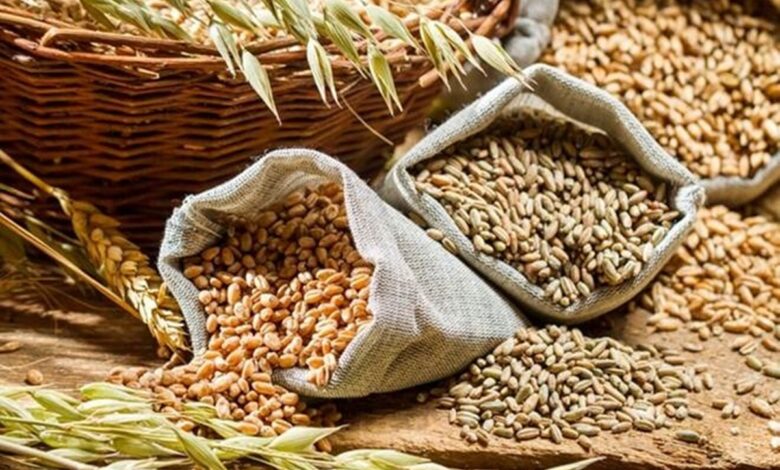
According to a government official and a document accessed by sources , India’s spending on subsidized food grain to the poor might reach Rs 2.7 lakh crore ($32.74 billion) this fiscal year, with the underprivileged being fed by the government at least through December.The individual, who requested anonymity since the chats were personal, forecast that The federal government’s food subsidies would probably increase by 30% the current amount of Rs. 14 billion) allocated in the spending plan.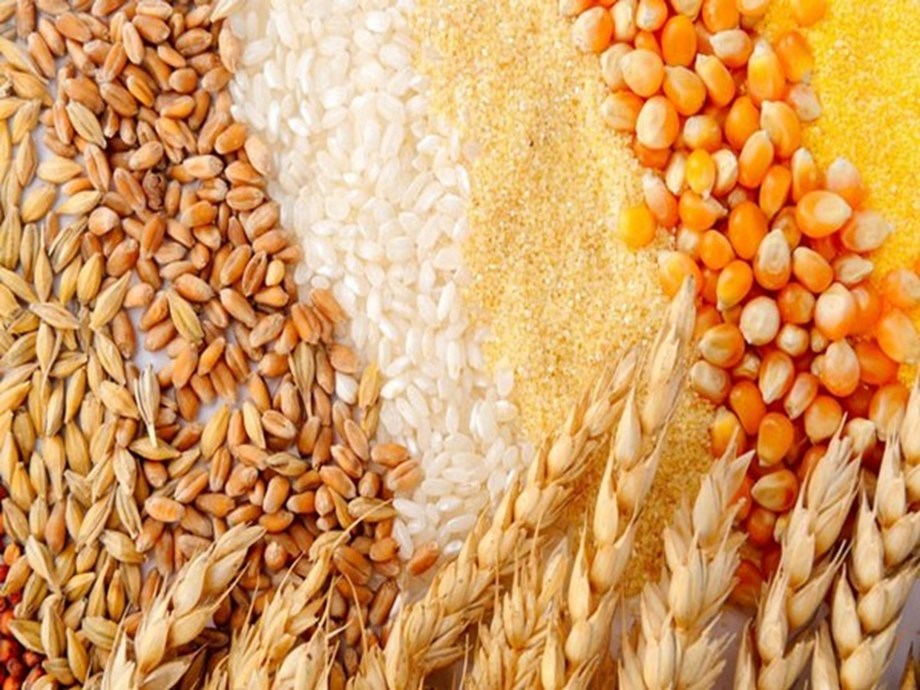
Despite this year’s excellent tax receipts, increased foodgrain and fertilizer subsidies are projected to put a burden on the federal budget. According to sources , this might force it to reduce other spending to close the 6.4% GDP budgetary imbalance that changed into planned. According to a government document obtained by sources , the state-run Food Corporation of India and states have already received food grain subsidies from the Department of Expenditure totaling nearly Rs 1.5 lakh billion.
Since the government’s April 2020 announcement of a proposal to provide free rice or wheat to some 800million people to ease family economic strain from the COVID-19 epidemic, India’s foodgrain subsidy bill has increased dramatically. The project is anticipated to cost Rs 3.9 lakh crore ($47.25 billion) and operate from April 2020 to December 2022.Due to pressure on the nation’s budget, India’s finance minister opposed the continuation of the measures.
But if the government keeps the program going after December 31, the prices may go up much more. The official noted that if the program is prolonged until March 2023, the cost will soar to around 3.1 trillion rupees, the second-maximum quantity ever. The cost of India’s food grain subsidies in 2022/23, when the government’s free food grain distribution program was in full swing, was Rs 2.9 lakh crore.
The authorities spent almost Rs 5.3 lakh crore on food grain subsidies in 2020–21; however, this was partly because it opted to pay off the Food Corporation of India’s previous debts.emailed the Ministries of Finance, Consumer Affairs, Food, and Public Distribution, but neither ministry promptly replied.The estimated total federal government spending in India year 2022–2023 is Rs 39.4 lakh crore.
The government is also struggling because of the price increase brought on by the situation in Ukraine.a huge fertilizer subsidy expenditure that would likely exceed the budget’s predicted Rs 1.05 lakh crore.
Fiscally responsible
The government has earmarked an extra Rs 40,000–44,000 crore in expenses for each three-month prolongation of the PMGKAY. According to such calculations, if the government had continued the program through the whole year 2023, it would have cost an extra Rs 1.6–1.8 lakh crore. By making the foodgrain covered by the NFSA completely free, the government stands to lose between Rs 5,000 and Rs 15,000 crore in annual income. If it had charged ration card members the subsidized amount during 2023, it would have made that much.
When combined, ending PMGKAY and removing food grains from NFSA will still result in annual savings for the government of around Rs 1.5 lakh crore. This is especially important because the government recently requested and won approval from the Parliament for an increase in expenditures this year of Rs. 3.26 lakh crore, the majority of which was attributable to higher-than-anticipated spending on subsidies.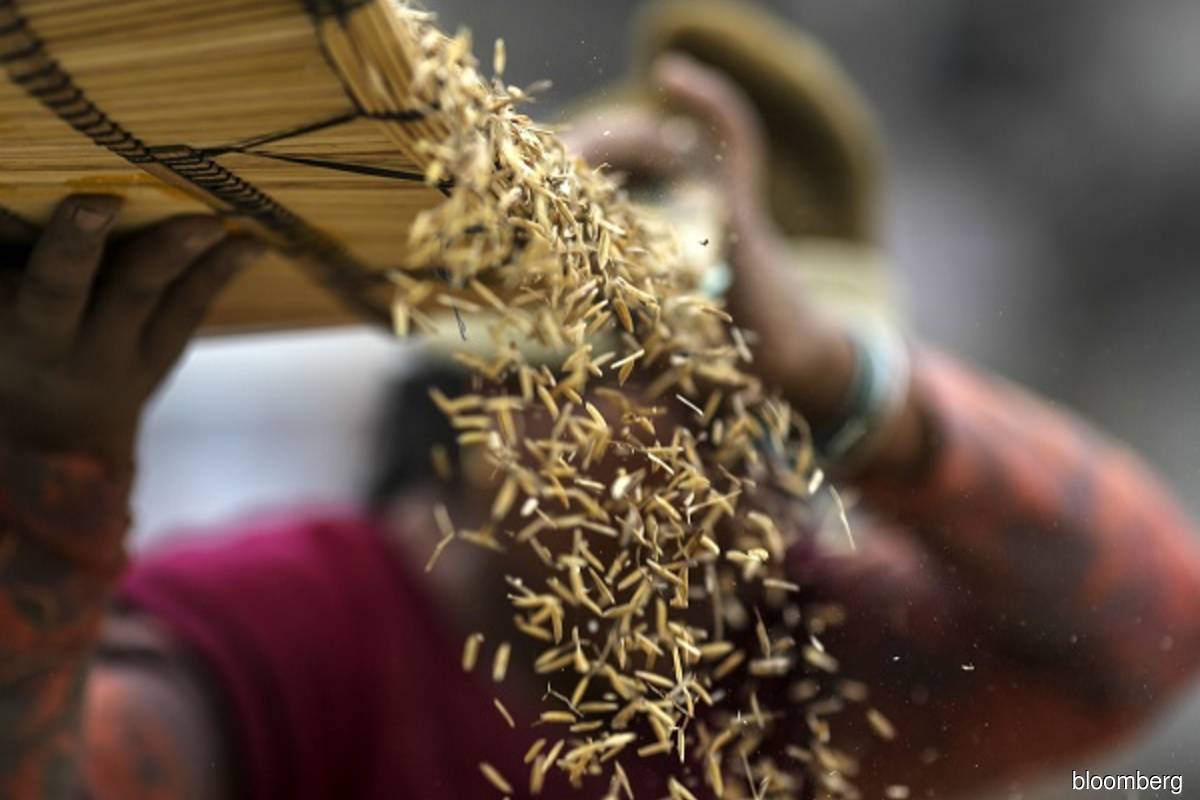
As the government is in the pre-Budget silence period, a senior government official spoke on the condition of anonymity and said, “Of course, the Center’s expenditure on the food subsidy would fall drastically. But the government also determined that it was time to cease providing extra food grain as a result of the outbreak.
The official went on to say, “The economy has opened up, and things are returning to normal. However, individuals were either sitting too comfortably in the knowledge that the free food was flowing in, or they were unlawfully boosting their revenues by selling the extra that they did not consume.
“They weren’t returning to work. Thus, the amount of free meals provided has been cut in half. Instead of extending the budget every three months as was the case with the PMGKAY, the Centre sought to restore clarity to budget-making, he continued.
Political influence
The administration has taken note of the fact that several states led by the opposition have thus far claimed credit for the NFSA even though the Center is responsible for the majority of the costs. The government source who was cited before stated that “What was occurring is that the Center would subsidize 98 percent of the cost of foodgrain and charge the bearer of a ration card merely Rs 1–3 per kg. When the Center was bearing practically all of the financial load, the opposition parties would subsidize this by paying Rs 1–3 per kilogram and marketing it in their states as their own. 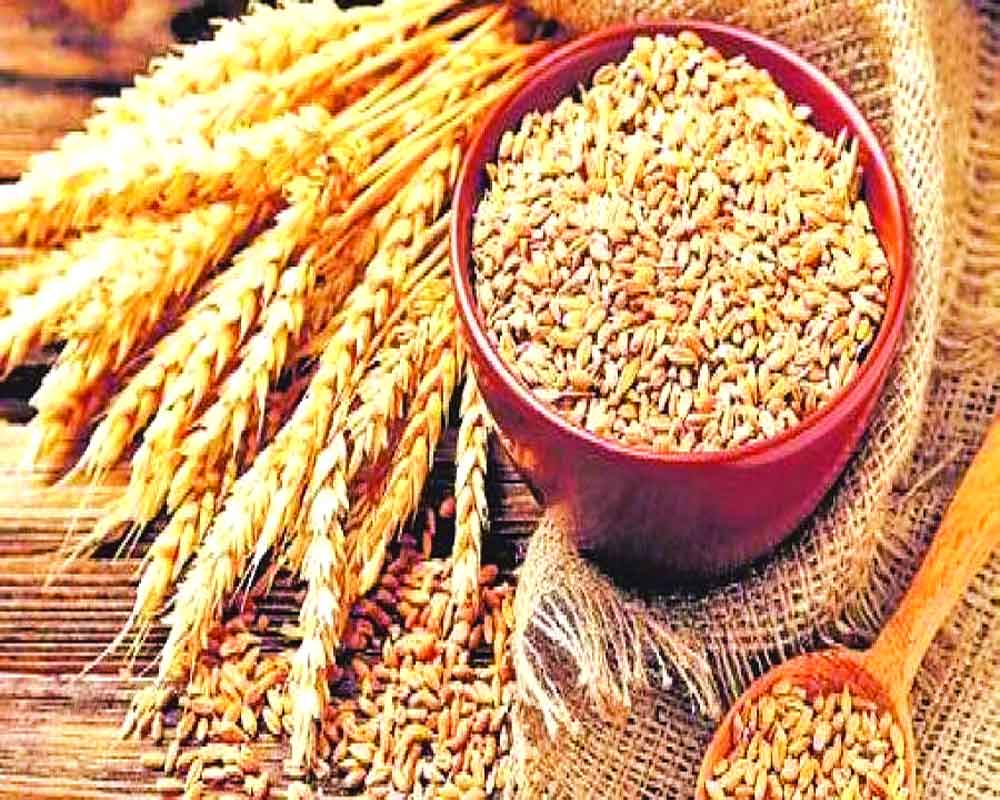
In addition to the costs of transportation and storage that it has already borne, the NFSA is now a wholly centralized program, with the Center carrying 100% of the cost of the food grain. However, according to Bank of Baroda Chief Economist Madan Sabnavis, the Modi administration may also bear some political burden if the NFSA is made completely free. Nothing prevents the government from imposing a fee for this free foodgrain in the future, he said. However, once something is completely free, charging for it again will be very challenging.
Encouragement to resume employment
According to government studies and personal accounts, a sizable percentage of the 10 kg of foodgrain that each recipient received each month during the pandemic (5 kg under the NFSA and 5 kg under the PMGKAY) was being sold on the underground market. A household of four cannot eat 10 kg of food per person, or 40 kg of food overall, per month, according to Sabnavis. You cannot survive just on food grains, therefore, they sold the extra and used the proceeds to purchase other necessities.
The government official who was originally cited as saying that the selling of the free foodgrain on the black market was harming people’s ability to return to labor also affirmed this. The government decreased the quantity of food grain distributed but made it completely free to address this without increasing their financial burden, he added.
Managing the stock of wheat
A temporary shortfall of foodgrain kept by the government in its central pool may be another factor in the administration’s decision to cut the amount of foodgrain distributed in half. According to sources, the Food Corporation of India recorded a six-year low in its wheat inventories at the beginning of December 2022, at 19 million tons. But according to the administration, there are more than enough stockpiles to satisfy the needs of the NFSA and PMGKAY.
According to a statement released by the Ministry of Consumer Affairs, Food, and Public Distribution on December 15, “even though procurement of wheat during the past season was on the lower side due to lower production coupled with selling by farmers at prices higher than MSP in the open market consequent to the geo-political situation, enough stock of wheat will still be available in the central pool to meet the needs of the country until the time the next wheat crop arrives.
The government said that to maintain sufficient buffer stocks of wheat given the wheat shortages, it has changed the allocations under NFSA and PMGKAY in favor of rice. Even the wheat shortage is anticipated to be resolved shortly.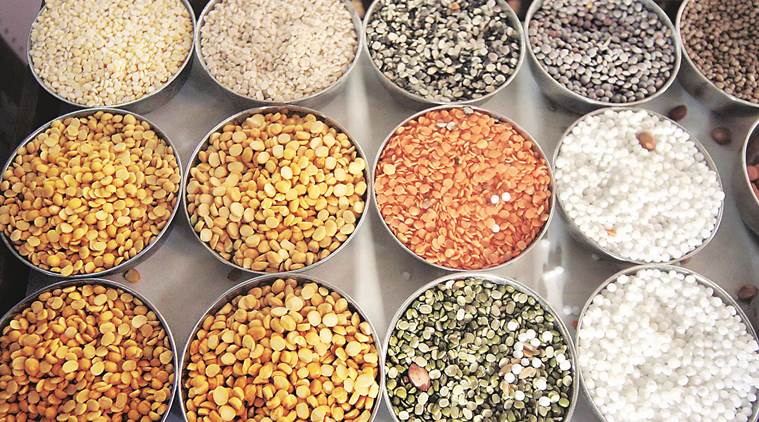
According to the release, “The Government of India has increased the MSP of the wheat harvest this year to Rs 2,125/QTL from Rs 2,015/QTL for RMS 2022–23. “Therefore, it is envisaged that the production and purchase of wheat during the following season should remain normal,” the MSP hike of Rs 110/QTL reads.
edited and proofread by nikita sharma




